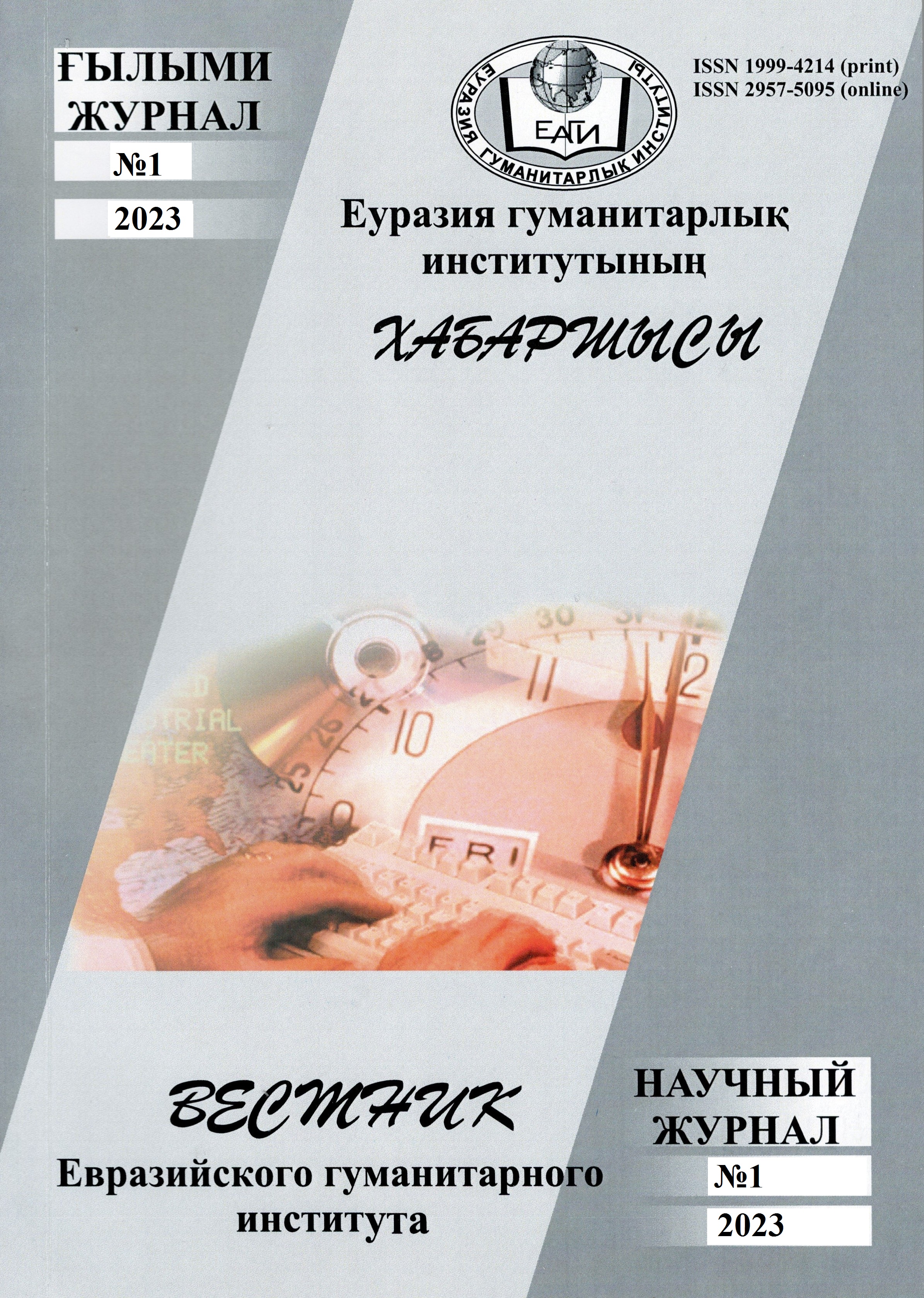ЛИНГВОКУЛЬТУРНАЯ СЕМАНТИКА ЦВЕТООБОЗНАЧЕНИЙ АҚ, ҚАРА В НАРОДНОЙ ТОПОНИМИИ
Ключевые слова:
топоним, цветовые обозначения, рациональный тип народных знаний, языковая матрица, культурная семантика, культурный код.Аннотация
Аннотация. В статье дан анализ цветообозначений ақ, қара в составе топонимов, реперезентированных в системе народных знаний. Различаются рациональный и иррациональный типы знаний. В рациональном типе знания сосредоточена богатая эмпирическая информация с разнообразной культурной семантикой. В рациональных знаниях детализируются разнообразные аспекты хозяйственно-практической жизнедеятельности номадов в освоении окружающей действительности. Данный тип знаний репрезентирует этнокультурную семантику географических названий, которые представляют собой закодированную, «скрытую» от современного лингвокультурного сообщества, от подсрастающего поколения культурную информацию. В иррациональном типе знаний сконцентрированы ценностные ориентиры, стереотипы и предочтения, морально-этические нормы кочевого казахского этноса в прошлом, репрезентированные в культурной семантике языковой матрицы народных географических названий. Иррациональный тип знаний репрезентирует мифологические, эзотерические, анимистические, религиозные представления, суеверия, обычаи и различные народные поверья с глубинной этносемантикой.
Актуальность исследования предопределяется необходимостью сделать ту же культурную информацию и знания в структуре семантики топонимов доступными для носителей языка. Актуальность темы также связана с необходимостью повышения кумулятивного потенциала языка и онимических названий. Так как со временем они могут быть стерты из коллективной памяти народа.
Впервые в языковой матрице топонимов представлены этноэкологические, этноботанические знания казахского народа, в которых акцент перемещен не на лексико-семантические, словообразовательные, этимологические особенности топонимов, а на культурный аспект, на этнокультурную семантику.
В статье используется метод, раскрывающий топологические характеристики топонимов с прилагательными ақ, қара в составе, а также метод языковой матрицы, позволяющий раскрыть этнокультурный компонент в глубинной семантике географических названий.


